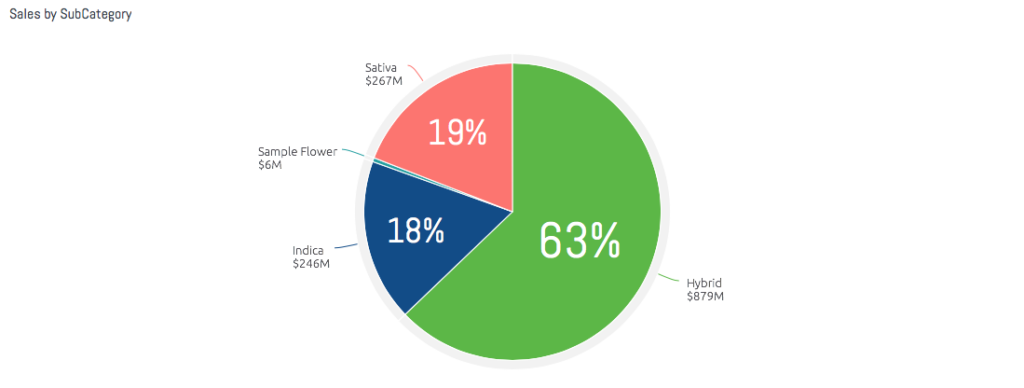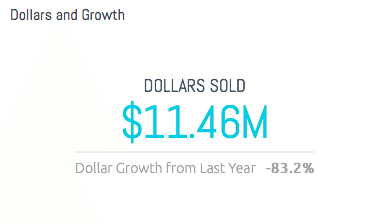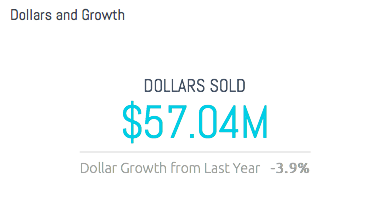
While sales and volume fluctuated during Q4 2016, consumers bought roughly the same proportions of cannabis styles during the quarter as they did during Q4 2015, with hybrids remaining robust market leaders.
Flower remains the commercial backbone of most dispensaries in Colorado, Washington and Oregon. Consider: In 2016, flower captured 58 percent of the cannabis marketplace, with $1.35 billion in sales out of an overall $2.33 billion market. Flower’s market share is dropping (it was 64 percent of the market in 2015) but sales still are way up from 2015, by 41.3 percent, according to BDS Analytics, a leading cannabis data analytics firm.
But the rise of flower would have been even more pronounced, if not for regulatory hiccups in Oregon (loud ones) towards the end of 2016 and a subtle migration of sales away from medical dispensaries in Colorado during the year.
During the fourth quarter of 2016, according to BDS Analytics, we see flower (in terms of dollar sales) up 22.8 percent (to $364.86 million) compared to the same quarter in 2015 in all states collectively. In Colorado’s adult use market, it’s up by 33.4 percent (to $129.31 million), but in the medical market sales fell by 3.9 percent (to $57.04 million). Meanwhile, in Oregon’s medical market sales positively plummeted during the fourth quarter, down 83.2 percent (at $11.46 million) compared to 2015.

In Oregon’s Medical channel, sales during Q4 2016 plummeted compared to 2015. The drop revolves around regulatory issues with the state that hampered cannabis sales at the end of 2016.
Sales of $120.97 million in Q4 2016 in Washington State, on the other hand, represent a rise of 66.5 percent compared to Q4 2015. And in terms of units sold, sales more than doubled — up 103.1 percent to 19.4 million units.
Some things don’t change much, however. Between all states during Q4 2015 the breakdown of cannabis styles was 64 percent hybrid, with indica and sativa tied at 18 percent. During Q4 2016 it was 63 percent hybrid, 19 percent sativa and 18 percent indica.

